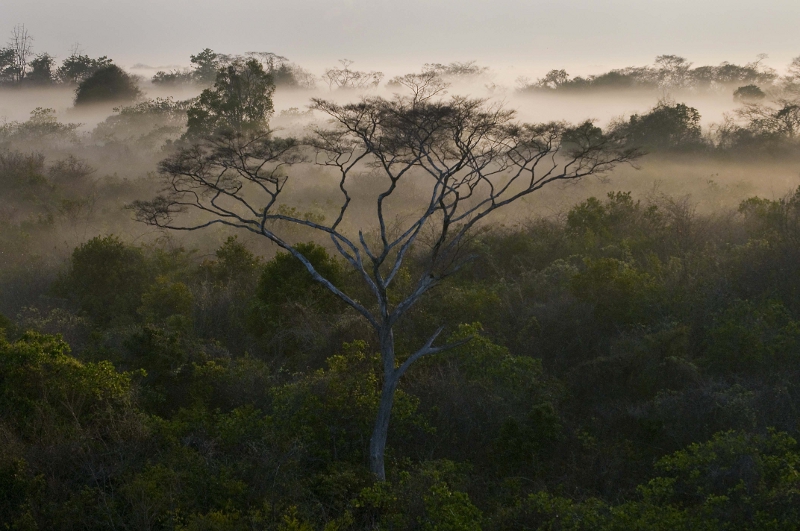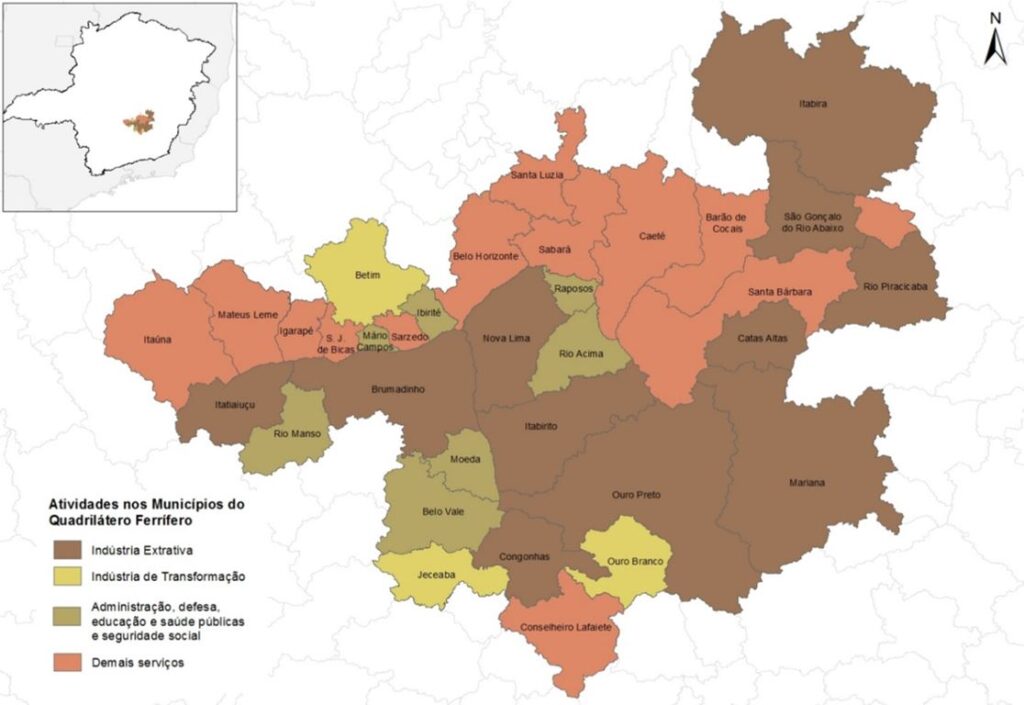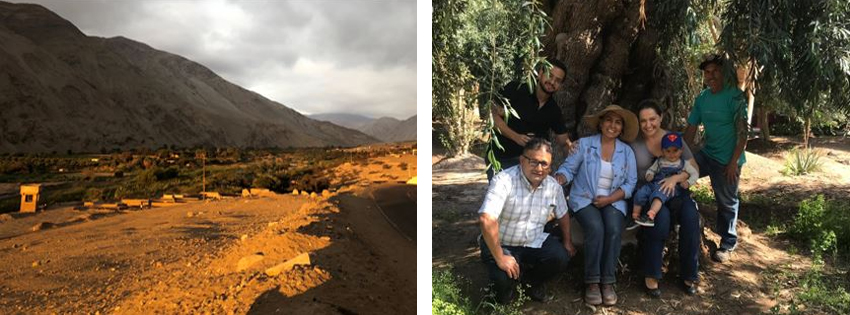Madagascar
Des expéditions ciblées ont été réalisées sur des sites critiques, à la fois marins et terrestres, et tous représentatifs de milieux à haut potentiel de découverte en terme de biodiversité.
Les territoires abritant les dernières forêts sèches du Nord Mozambique et les eaux froides du grand Sud de Madagascar sont désormais mieux connus.
Les expéditions terrestres et marines ont permis aux scientifiques de collecter une masse impressionnante d’observations et données nouvelles, confirmant à posteriori le choix de Madagascar et du Mozambique comme cibles géographiques de la Planète Revisitée. L’importance des moyens humains et logistiques déployés a permis de dresser pour la première fois un état de référence approfondi de la biodiversité de ces deux régions.
Nous tirons deux enseignements essentiels de ces expéditions :
Les forêts sèches côtières du Mozambique sont bien plus en péril qu’anticipé par les grandes ONG de Conservation : nos résultats suggèrent que leur surface cumulée est 5 à 7 fois moins importante que celle généralement admise avant nos expéditions.
La partie de l’Océan Indien bordant le sud de Madagascar entre Lavanono à l’Ouest et Fort Dauphin à l’Est possède une originalité marquée par rapport à l’Ouest du Pacifique.
La moitié au moins des espèces échantillonnées n’était pas familière aux scientifiques embarqués. Cela ne signifie pas automatiquement que la moitié des espèces est nouvelle pour la science, mais cette observation souligne de manière assez inattendue le très fort régionalisme de la faune profonde. En d’autres termes, le Sud-Ouest de l’océan Indien n’est pas assimilable en terme de biodiversité à d’autres régions de la province biogéographique indo-pacifique. Cette forte originalité régionale constitue une surprise par rapport aux attentes des scientifiques de la Planète Revisitée.
Pour en savoir plus sur « La Planète Revisitée » et les expéditions au Mozambique et à Madagascar : laplaneterevisitee.org/fr
Les opérations au Mozambique et à Madagascar ont reçu le soutien financier de la Fondation Prince Albert II de Monaco, de la Fondation Total et de la Fondation Stavros Niarchos.



















